This flower can bloom all year round even without sunlight, and you can grow a large one by picking
Last Update :2024.06.16
Article Catalog
What do Gesneriaceae flowers look like?
How to plant leaves of Gesneriaceae flowers?
If you want to grow flowers indoors, not having much light is a big problem. Because generally flowering plants require a long period of light. The flower Huahua introduces to you today can bloom under bright astigmatism conditions in the living room, and it can bloom all year round! It is - Gesneriaceae flower!
 What do Gesneriaceae flowers look like?
What do Gesneriaceae flowers look like?
What do Gesneriaceae flowers look like?
There are many plants in the Gesneriaceae family, but there are basically three types that are often grown as flowers: gloxinia, African violet, viola, long tube flower, mini gloxinia, etc., they are all What do flowers that can bloom indoors without too much light look like? Come and take a look!
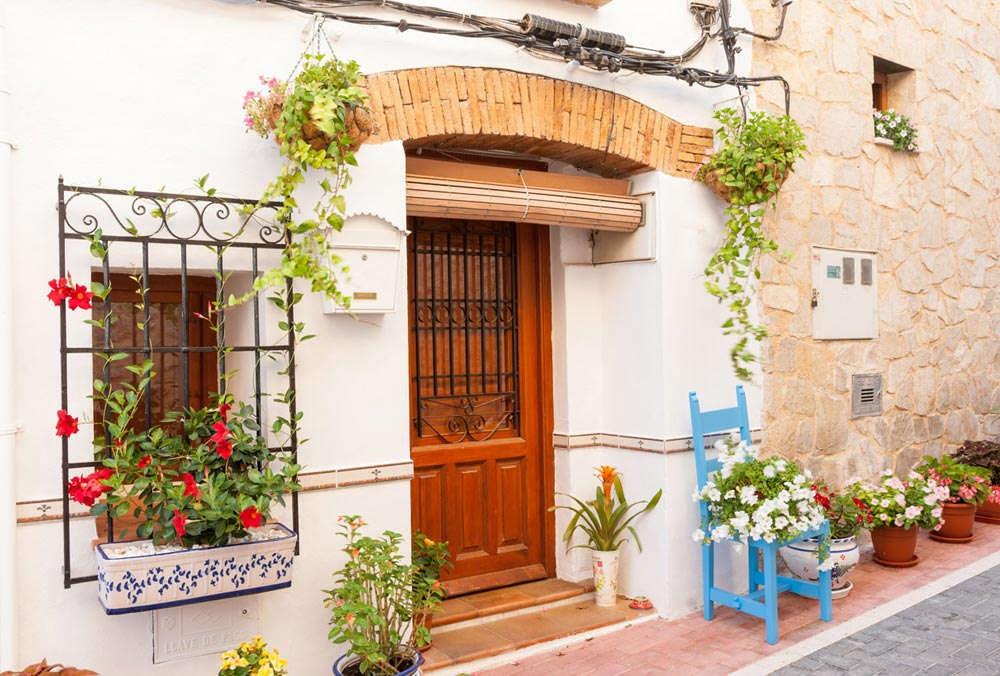
Gloxinia
The flowers are quite grand , the flowers are palm-sized, particularly graceful and luxurious, and the petals have a silky luster.
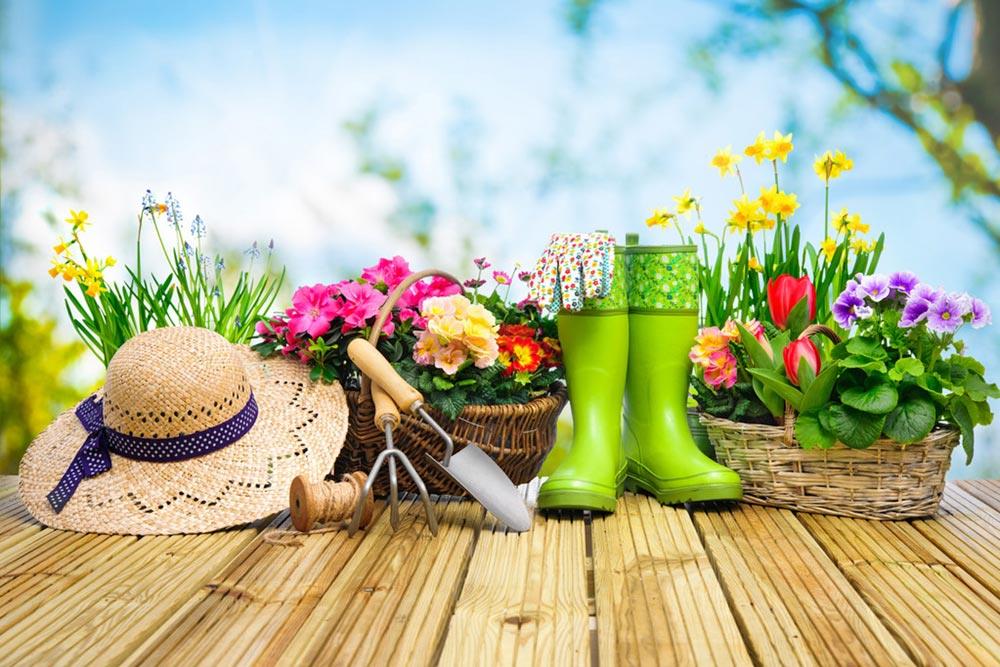
Long tube flowers
Long tube flowers There are many flowers, like small trumpets!
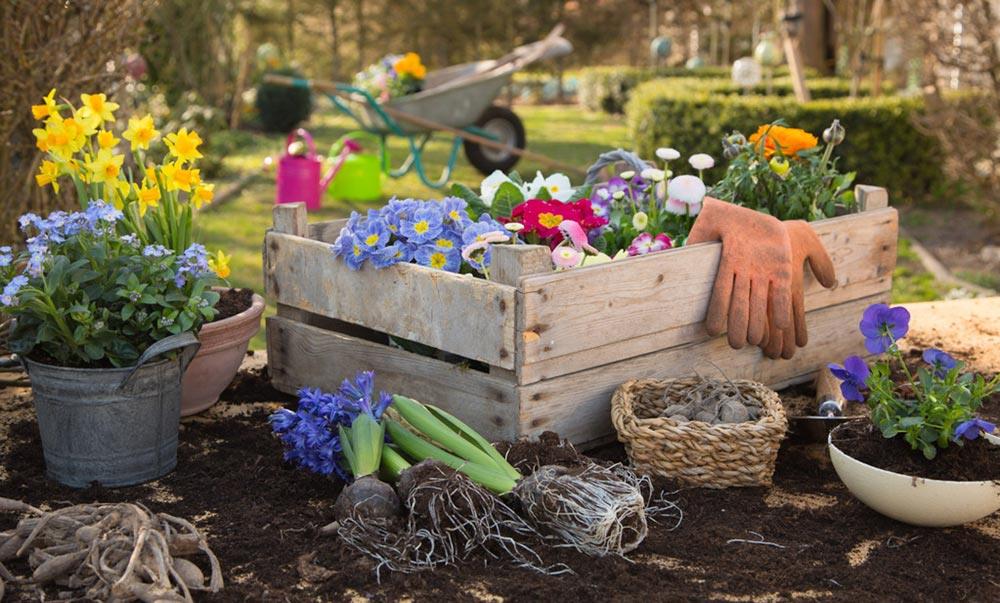
African Pansy
African Pansy The flowers are relatively petite and light in color, giving people a small and fresh feeling!
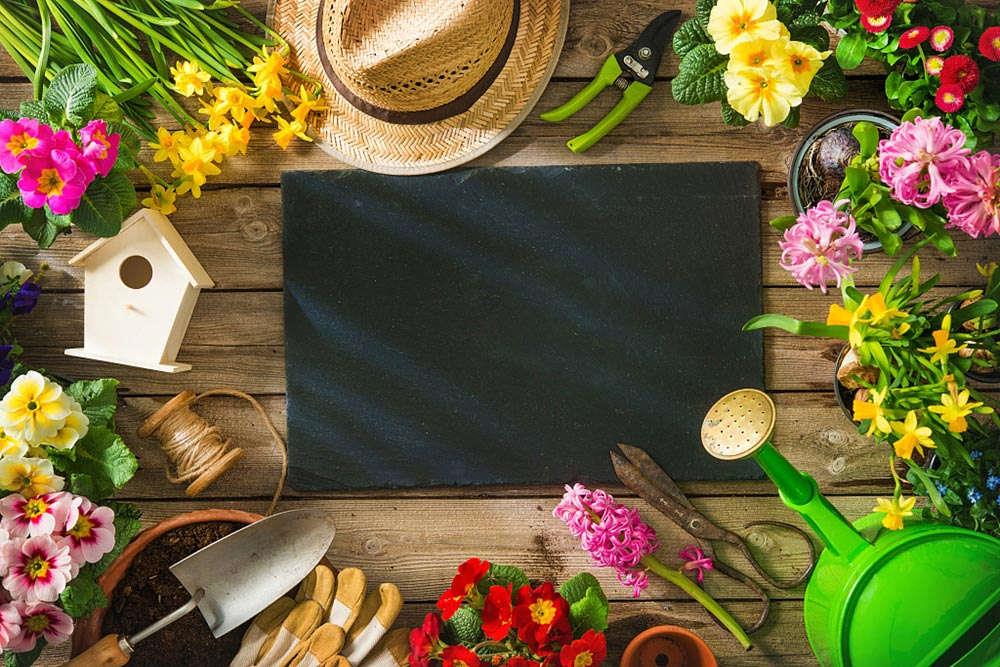
Miniature Gloxinia
Small The Gloxinia is small in size and very mini!
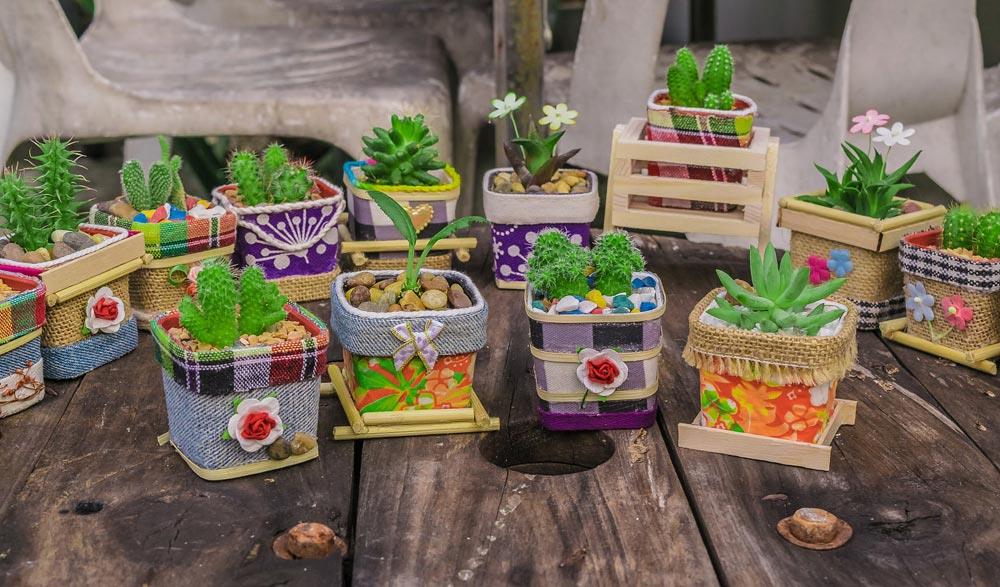
How to insert leaves of Gesneriaceae flowers?
Flowers of the Gesneriaceae family are particularly easy to propagate. They can be cut from branches or leaves. Below, Huahua will take Gloxinia as an example to introduce their cutting methods.
1. Find a healthy leaf from a healthy Gloxinia plant that is free of diseases and insect pests.
2. Use a sharp utility knife to cut off the leaves from the base of the petiole.
3. Soak the cut Gloxinia leaves in clean water at the end of the petiole. Wait 2-3 weeks for the petiole to grow a root system.
4. Bury the petiole of Gloxinia in moist sphagnum moss or slightly damp soil.
5. Spray water on the sphagnum moss or soil surface every day to moisturize. After a while, you will see small buds gradually growing on the petioles!
After 6.1-2 months, the petiole will sprout, and you can transplant it into the soil!
7. The incomplete leaves of Gloxinia can also grow roots and buds, and reproduce into new plants. You can also try it!
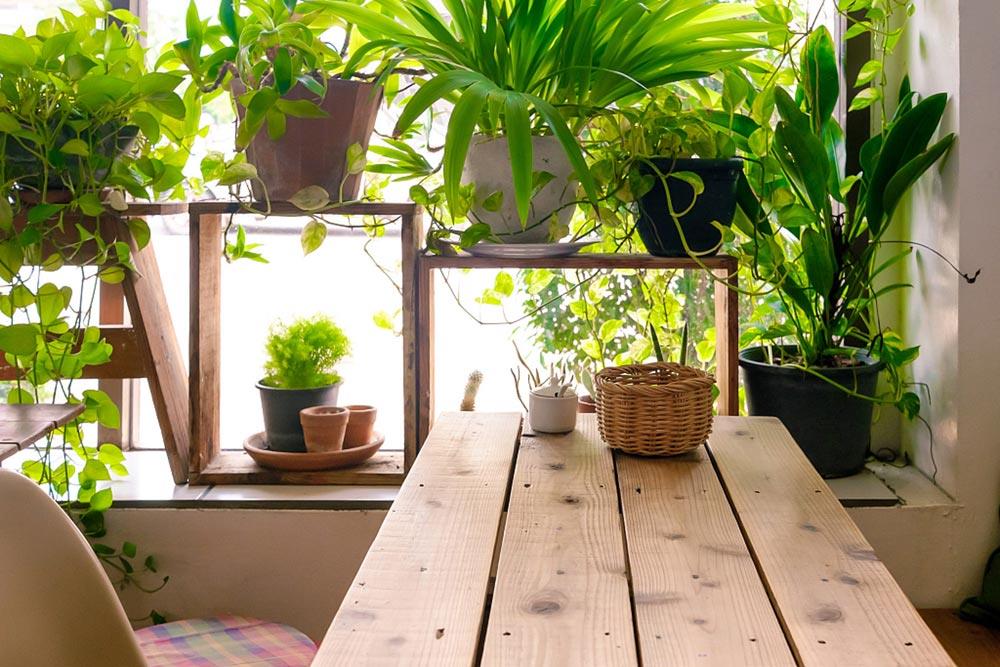
How to grow Gesneriaceae flowers?
Gloxinia is easy to maintain and requires relatively little light. It can be basically grown on an indoor balcony or living room. If it is well maintained, it will bloom continuously all year round!
1. About lighting
Indoor south balconies, south window sills, east-west balconies, east-west windowsills, and bright living rooms can all grow gloxinia, African pansy and other Gesneria flowers in summer. Don't put it on the south balcony, as the light will be too strong.
2. About watering
In line with the principle of "don't dry, don't water", when you pick up the flowerpot and it feels particularly light, water it thoroughly. In summer, you usually water it 1-2 days a day. Secondly, when watering, do not water on the leaves, as it is easy to rot the leaves and leave sun spots.
3. About fertilization
If you want to bloom more and grow vigorously, you must fertilize frequently, but apply thin fertilizer. You can apply thin liquid fertilizer once a week, and use phosphorus and potassium fertilizer before flowering. Mainly, nitrogen fertilizer is mainly used when the leaves are growing.
4. About the soil
Gesneriaceae flowers are relatively petite and are root flowers. The soil must be light, loose and breathable. You can follow the rules of perlite: river sand: Prepare leaf mold soil in a ratio of 1:1:3, and add some slow-release fertilizer or decomposed chicken manure to the bottom of the pot.
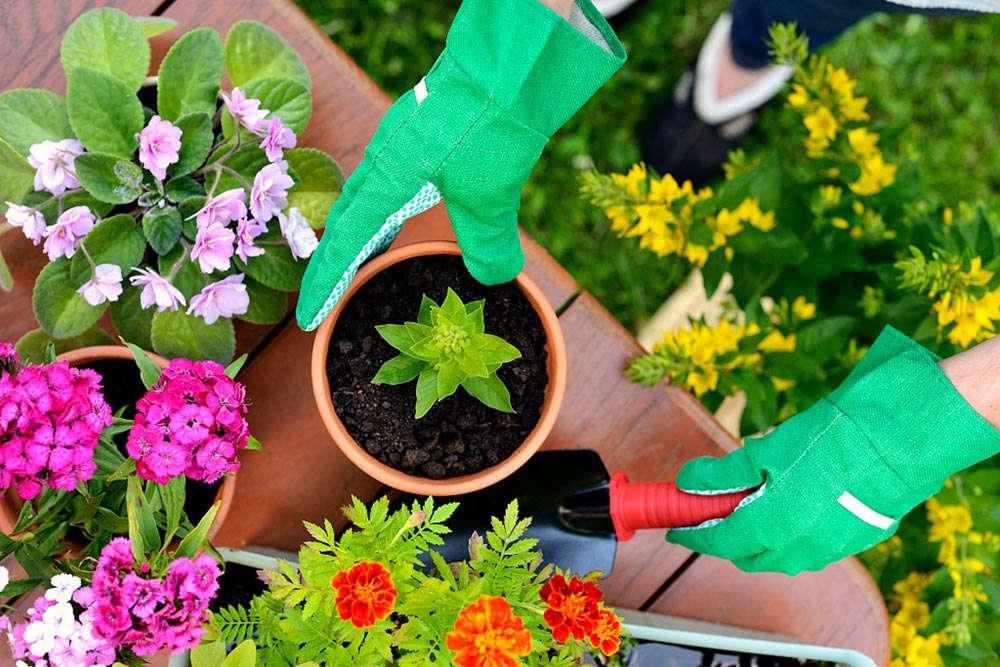
How to plant leaves of Gesneriaceae flowers?
How to grow Gesneria flowers?
- END -
Methods and precautions for cultivating succulent pineapples
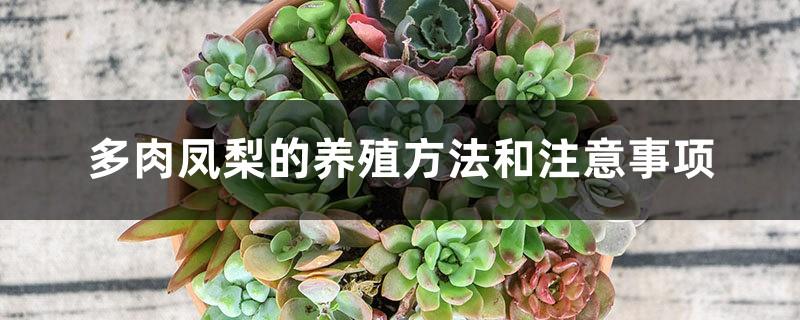
Temperature: The most suitable temperature is around 30℃, and the lowest temperat...
Can ivy be transplanted in winter? How many degrees of low temperature can it tolerate in winter?

It is also possible to transplant ivy in winter, but you need to protect its root ...